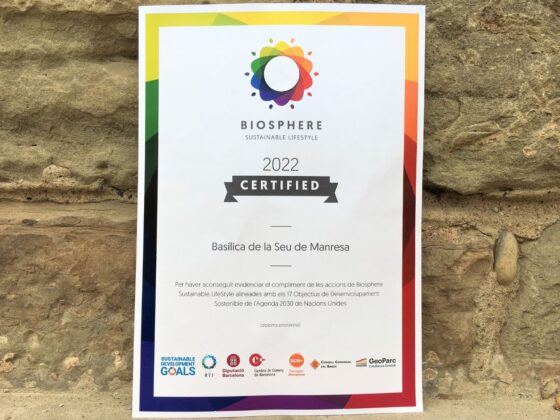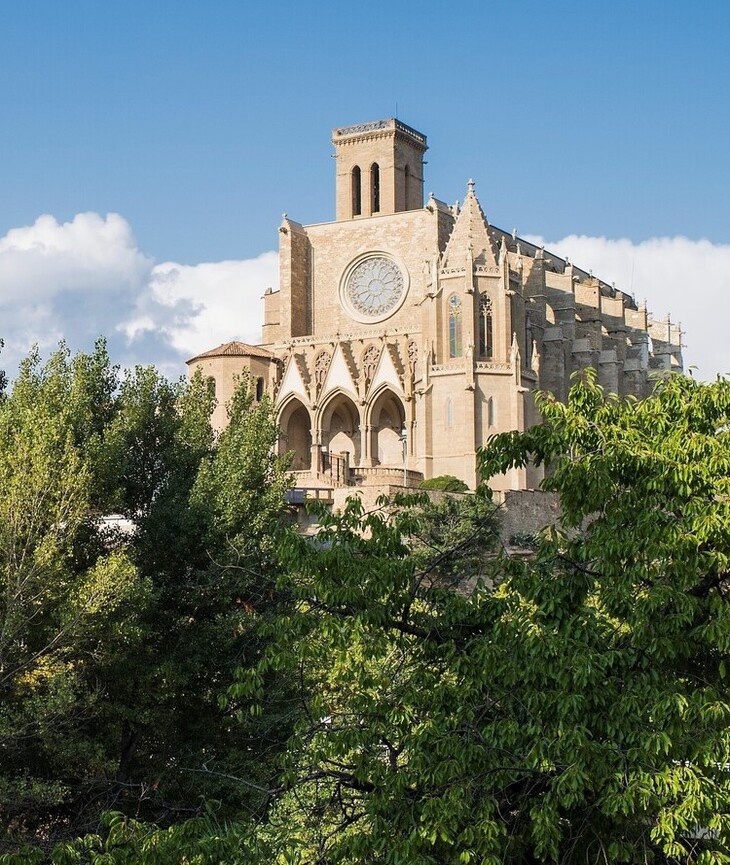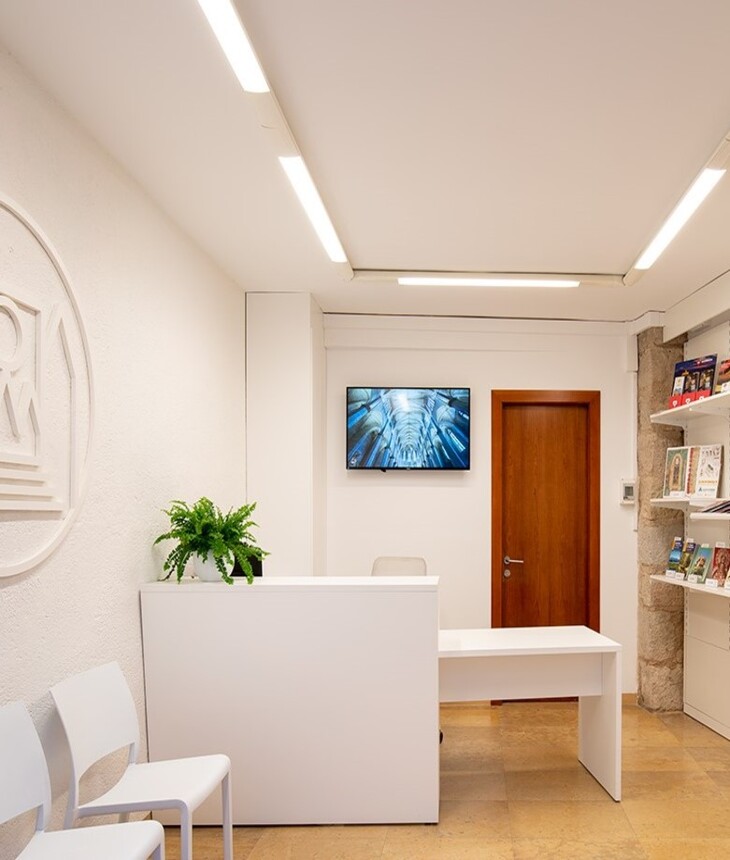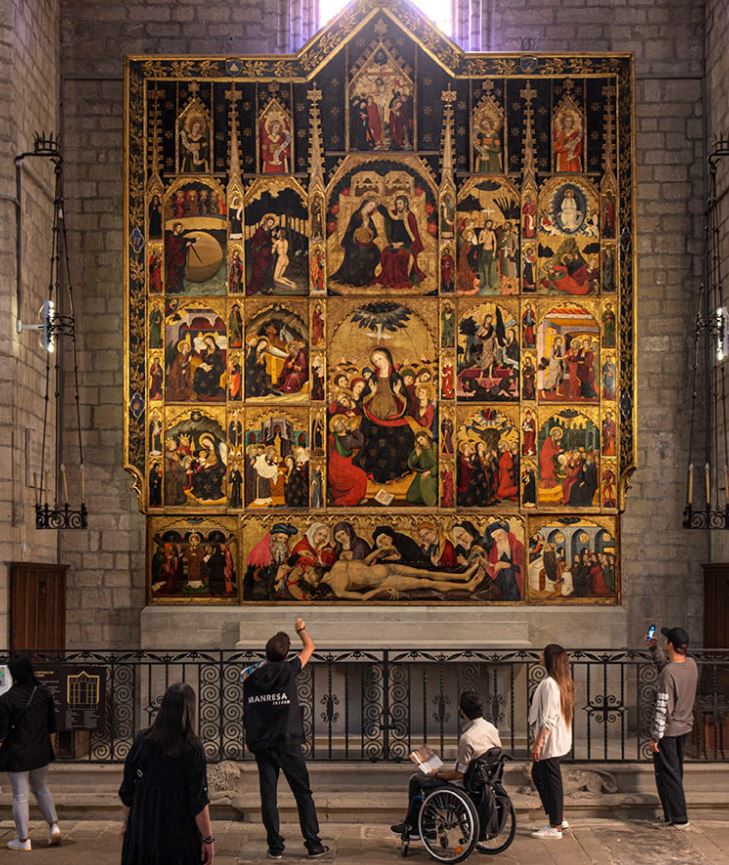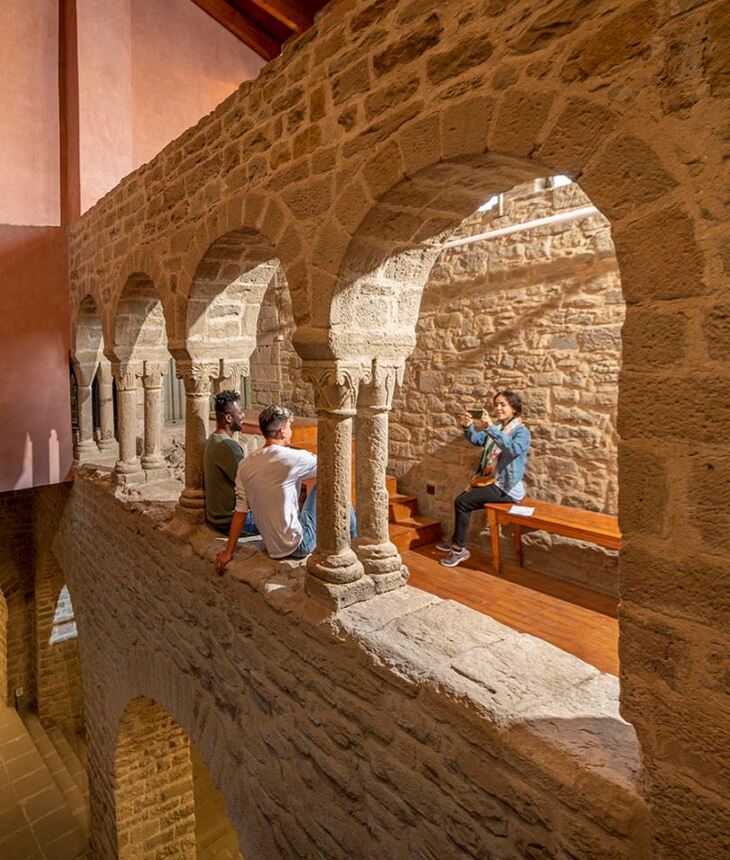Responsible tourism
The Seu de Manresa is committed to environmental and social sustainability and responsible tourism.
Commitment
The Basilica of Santa María de la Seu de Manresa has committed to improving daily management focused on sustainability to guarantee responsible tourism practices from an environmental, social and cultural point of view.
This type of tourism promotes the development of local economies, the protection of ecosystems, the conservation of heritage and respect for diversity. Thus, since 2021, the Seu de Manresa incorporates sustainability as one of its priorities through the distinctive “Biosphere Sustainability Commitment“.
Environmental management
Proximity economy. Companies in the territory are prioritized to promote local development and generate the least environmental impact.
Waste management. We have a waste segregation system for users and visitors, as well as we carry out the selective collection of this waste. Saving measures are adopted such as double-sided printing or reusing paper whenever possible.
Energy saving. The lights and spotlights have been replaced by a LED system, the comfort temperature is adjusted, lights and devices are turned off when not in use, water is used rationally and taps with a push-button are used.
Cleaning products. Products used by the basilica’s cleaning service have the environmental label Ecolabel.
Sustainable communication. Actions are carried out aimed at avoiding the printing of posters, brochures and magazines: communications are made through the web and social networks, activities are published in online agendas and there is a digital billboard in the reception office.
Protection of the environment. The Seu collaborates with the Geoparc de la Catalunya Central. During the visits, the work of this institution is explained and the basilica is related to its surroundings.
Social responsibility
Territorial dynamization. The Seu de Manresa is attached to the Tourist Information Points program promoted by the Regional Council (Consell Comarcal) and participates in the Manresa Heritage Commission. It also a member of Catalonia Sacra and Cases d’Oliba, heritage revitalization networks, and of BagesImpuls, an association that promotes the discovery and exploitation of the region’s opportunities.
Community. The basilica is a meeting place for groups and entities such as the Chapel of Music of La Seu, catechism groups and the Association of Amics de La Seu, among others. A Caritas delegation is located in the parish facilities, from which a clearly social task is developed. In addition, the Seu promotes relations with the educational and cultural community.
Accessibility. Currently, the Seu has access ramps for people with reduced mobility and adapted toilets. However, work is underway to expand and improve accessibility measures for people with reduced mobility and people with visual or hearing disabilities.
Heritage protection. Since 2001, the Seu has been carrying out restoration and conservation works on the building in collaboration with the Bishopric of Vic, the Generalitat of Catalonia, the Barcelona Provincial Council and the Manresa City Council. The Romanesque remains of the Espai Oliba have also been rehabilitated and important works of art such as the Frontal de la Passion or the Assumpta de Santa Maria de l’Alba by Antoni Viladomat have been restored.
